One of the many heartrending moments in Andrew Haigh’s “All of Us Strangers” occurs during an intimate exchange in an isolated, mostly barren London apartment building between Adam (Andrew Scott), a lonely screenwriter who has been communing with his dead parents, and his devastatingly attractive neighbor Harry (Paul Mescal). Harry, basking in the aftermath of a romantic interlude, tenderly reveals a secret: How he feels like an outsider whenever he’s with family — an outlier present in body yet whose soul lingers along the fringes of the tattered remnants of a discarded welcome mat.
That vulnerable moment will likely strike a chord for numerous queer people who have felt the same and anyone who feels like they’re apparitions when engaged with their family. It’s a powerful theme which haunts “All of Us Strangers” as if it were a restless spirit.
It also comes from a personal but not autobiographical place for Haigh, the award-winning English director and screenwriter, who was one of the executive producers and directors on HBO’s Bay Area-set series “Looking” and also directed and wrote the 2011 indie gay classic “Weekend” amongst other works. Haigh took the innards of Japanese author Taichi Yamada’s 1987 novel and then refashioned it into a queer tearjerker that holds universal appeal. The shoot itself proved personal since some of the filming took place at locations Haigh inhabited near London.
“Basically all the queer elements of the story and all the discussions and this idea of the difficulty that queer people can find themselves within their family and how that exists — that definitely comes from a personal experience and, also, anybody that grew up gay in a certain time,” he said during an interview in San Francisco.
“I’m 50 so I grew up in the mid-’80s and came into my sexuality in the ‘80s. It was a very rough time … . And I’ve always just been really interested about this way for queer people — even though I would say it’s so different now — still a lot of queer people just feel separate from their family. They just can’t quite exist in the center of it, like they really can’t do it with ease and comfort.”
What was tricky to pull off onscreen comes when adult Adam encounters and talks with his dead parents (Claire Foy and Jamie Bell) at the deserted home where Adam grew up. The interactions lead to bittersweet sequences where an adult Adam comes out to his parents and includes having him, dressed in red PJs, crawling into bed with them.
At points, Haigh doubted himself..
“Look, there were so many times making this film that I was questioning whether it would work at all,” he said. “I knew that when he comes into that room and he’s wearing those pajamas, you laugh because it’s absolutely ridiculous. … And then you sort of understand it. Well, of course, we all want to be back to some sense of how we felt when we were a child, but it doesn’t fit anymore.”
Adding even more of a personal sheen to those scenes was the fact that they were shot at Haigh’s childhood home outside of London. (Both of Haigh’s parents, though, are alive.)
Writing the screenplay found Haigh revisiting emotionally difficult times from his childhood including when he was bullied around the age of 9 and 10.
“It was like before I even knew” (about being gay)” he said. “I knew I was different, but I didn’t have any vocabulary or any words to say it. But everyone thought I was a girl and what kind of bullying goes on and kids were pretty awful back then. I don’t know how you get through it as a kid and when I see it happen to other kids you just internalize the shame of it, I guess, and you feel like you’re to blame. And it takes a long time to realize that you weren’t to blame for why you’re being picked on.”
Haigh credits finding a cast eager for the challenge of tackling this sensitive material for helping make it work. He adds that Scott and Mescal instantly got along on and off the set.
“I could see it and feel it,” Haigh said about their chemistry. “But I do think chemistry is also related to good acting, and writing that works. So you feel the chemistry and (you’re) also creating an environment on the set where you don’t destroy that chemistry. So if you can do all of those three things, and everyone can feel safe and friendly and relaxed and they’re doing this great thing together, I think that’s how you harness chemistry.”
Given that Haigh’s adaptation is unabashedly queer might suggest it was a challenge getting production greenlit. Not so, he said.
“It actually was easier to get made than I thought it would be in all honesty,” he said. “Everyone was behind it,” adding that even no one “asked me to tone anything down to reach a wider audience.”
But that didn’t mean the result received a warm embrace from all.
“We had a preview screening at one point and the minute the first sex scene came up, which isn’t even that explicit, some people got up and walked out. We’re still in that world and we shouldn’t pretend that suddenly everyone’s all accepting and that they want to look at all aspects of our life.”
To that point, Haigh said he was adamant that “All of Us Strangers” would not be a representation of every queer person’s life.
“It can’t be because we’re all very different,” he said. “It’s how I see a certain generation living in a certain time and place.” He hopes that younger generations welcome the film and appreciate it.
“I think we always have to be very compassionate and try to be understanding of what has come before us.”
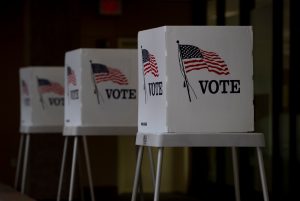

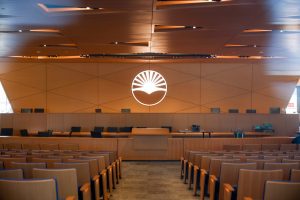
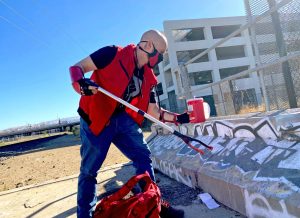
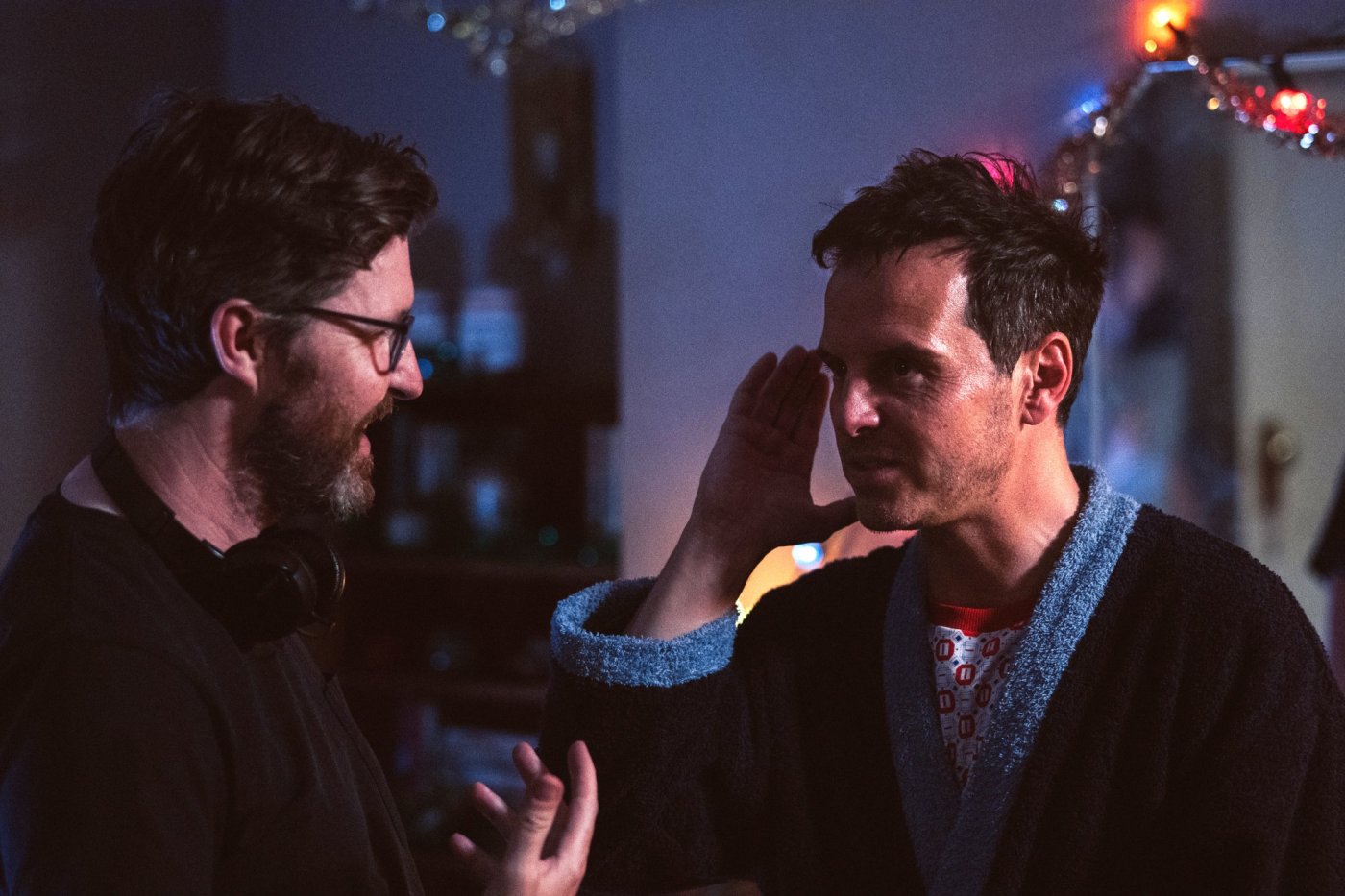
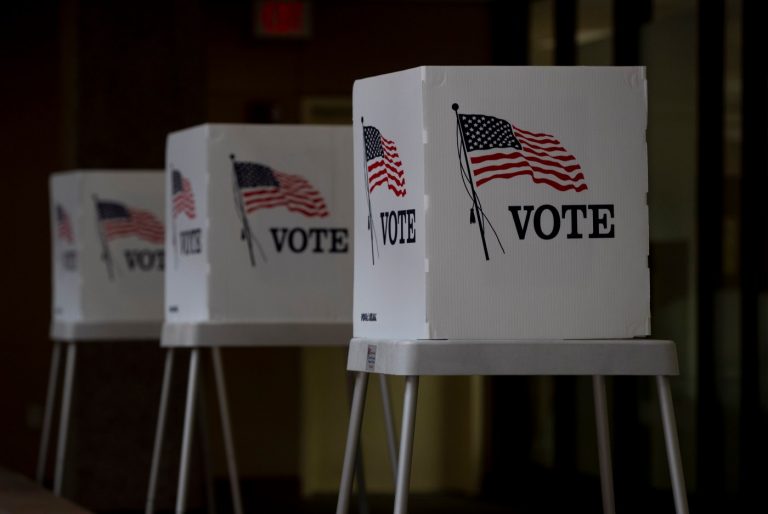
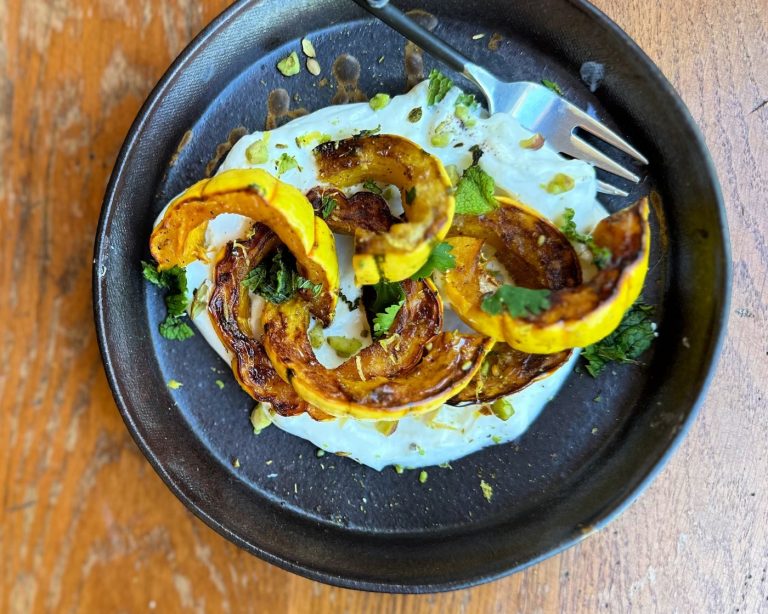
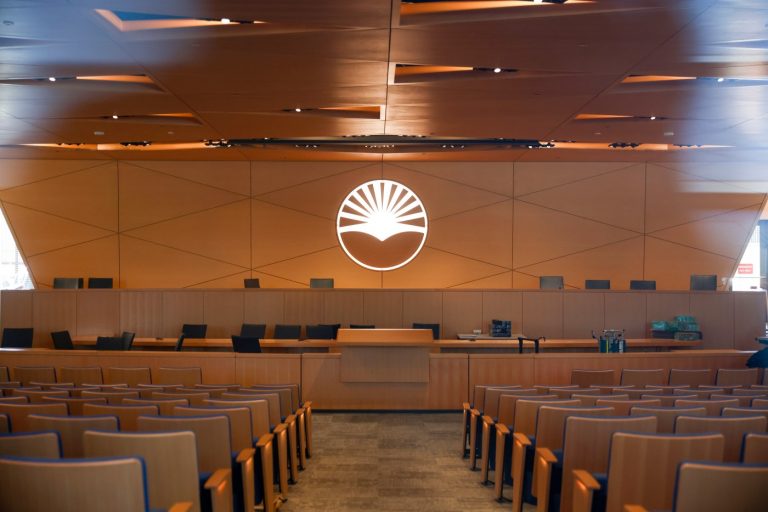
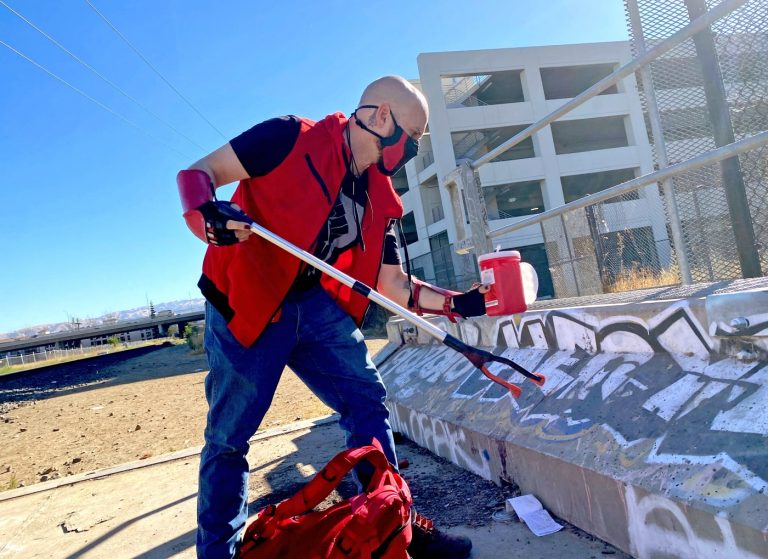
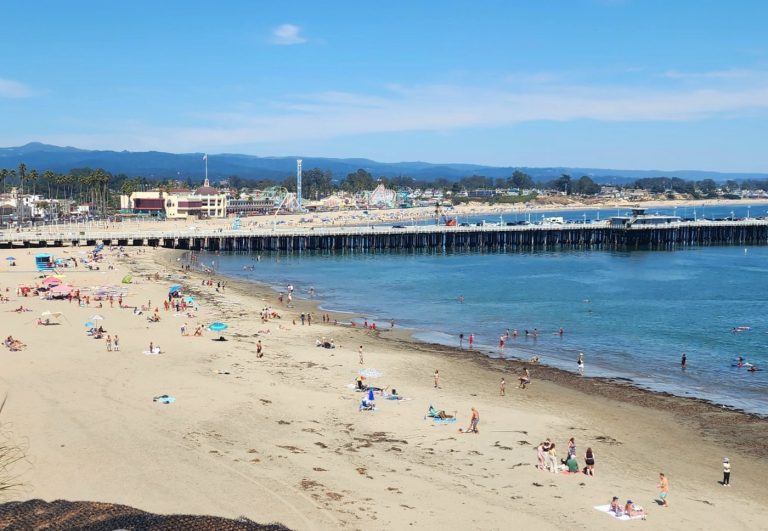
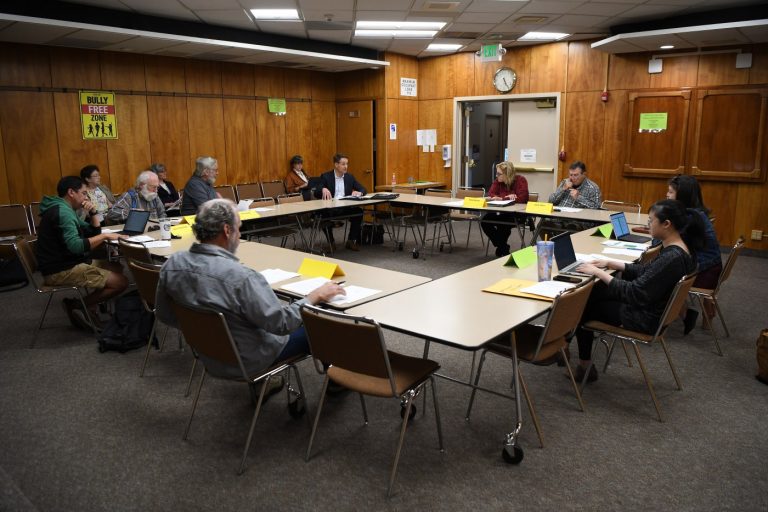
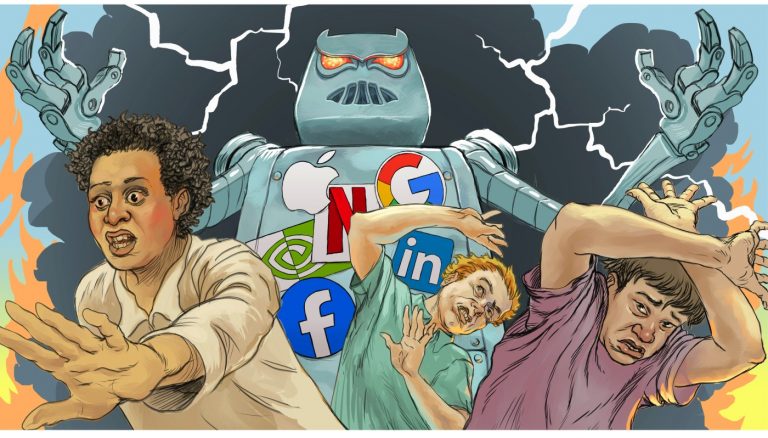
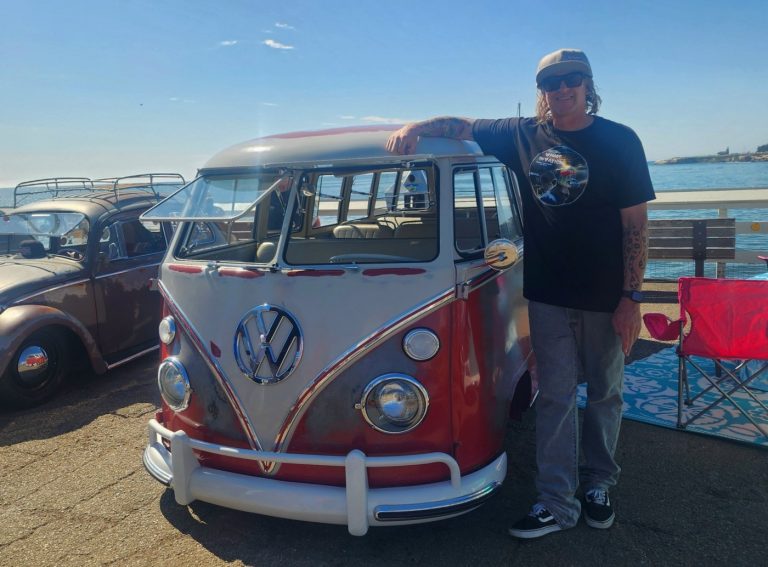
+ There are no comments
Add yours